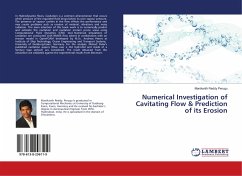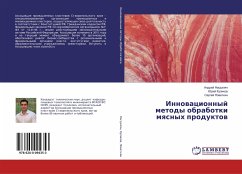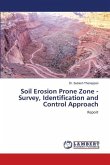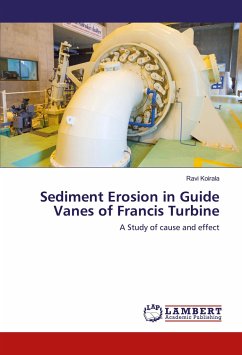In Hydrodynamic flows, Cavitation is a common phenomenon that occurs when pressure of the regarded fluid drops below its own vapour pressure. The presence of vapour cavities in the flow effects the performance and may create problems such as erosion of material, vibrations and noise radiation. The main intention of this book work is to numerically predict and estimate the cavitation and cavitation erosion prone areas using Computational Fluid Dynamics (CFD) tool. Numerical simulations of cavitation are conducted with RANSE flow solvers in combination with an erosion model in OpenFOAM developed by M.Sc. Andreas Peters at Institute of Ship Technology, Ocean Engineering and Transport Systems, University of Duisburg-Essen, Germany. For the analysis, Matevz Dular's published cavitation papers (Flow over a CLE Hydrofoil and inside of a Ventury type section) are considered. The result obtained from the simulation are validated against the experimental results from literature.
Bitte wählen Sie Ihr Anliegen aus.
Rechnungen
Retourenschein anfordern
Bestellstatus
Storno








